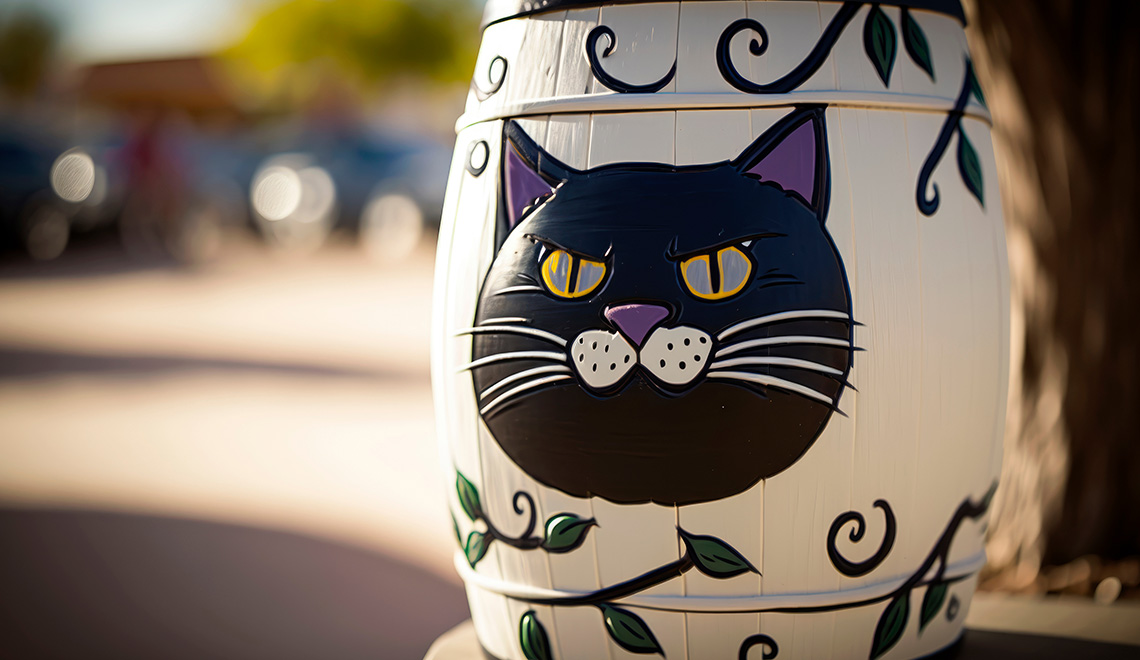
As Lent approaches, Denmark prepares to celebrate Fastelavn, a vibrant and festive holiday deeply rooted in both medieval and modern traditions. While widely observed across Scandinavian countries, Danish customs hold a special place in my heart. Having attended Rygaards International School just outside Copenhagen, I had the privilege of experiencing these traditions firsthand. The school, divided into a Danish and an International side, embraced all Danish customs, allowing me to build fond memories of this unique holiday.
What is Fastelavn?
Fastelavn, meaning “the evening before Lent,” originates from Catholic traditions of feasting and merriment before the fasting period. Historically, Shrovetide was a time when adults dressed up and celebrated for days, indulging in food and drink before the solemnity of Lent. Over time, the holiday evolved into a lively children’s festival, much like a Nordic version of Carnival, filled with games, sweets, and costumes.
For children, Fastelavn is an exciting occasion to dress up in colorful costumes, participate in school parades, sing the traditional song Fastelavn er mit navn (“Fastelavn is my name”), and enjoy sweet treats.
Knocking the Cat Out of the Barrel
One of the most iconic Fastelavn traditions is slå katten af tønden (“knock the cat out of the barrel”). Similar to a piñata, children take turns striking a decorated wooden barrel filled with candy. In medieval times, the barrel contained a live black cat, symbolizing evil spirits. The cat was eventually released, symbolizing the expulsion of misfortune from the community. Today, this practice is purely symbolic, and the child who breaks the last piece of the barrel is crowned “Cat King” or “Cat Queen.”
Fastelavnsboller – A Sweet Tradition
No Fastelavn celebration is complete without indulging in fastelavnsboller—delicious pastries filled with cream or jam. Historically, these buns were enjoyed before the fasting period when wheat bread was forbidden. Today, Danish bakeries compete to create the most elaborate and decadent versions of this beloved treat. Inspired by this tradition, I experimented with my own recipe this year, crafting a fluffy, cardamom-spiced bun filled with vanilla pastry cream, raspberry whipped cream, raspberry preserves, and fresh raspberries. Baking at high altitude presented its challenges, but it was a fun and rewarding experience. (Check out my recipe link if you’d like to try it yourself!)
Rattling – The Danish Trick-or-Treating
A lesser-known Fastelavn tradition in Denmark is rasle—akin to Halloween trick-or-treating. Children once roamed their neighborhoods singing for treats or small donations. Though less common today, you might still encounter young singers at your door hoping for a reward in the spirit of this tradition.
Fastelavnsris – Festive Birch Twigs
Another cherished tradition is the decoration of fastelavnsris—bundles of birch twigs adorned with colorful feathers, paper ornaments, and sometimes sweets. Historically, these twigs were used in a fertility ritual where young women were lightly flogged, believing it would aid in conception. In modern times, children playfully tap their parents with the twigs on Fastelavn Sunday morning, earning a delicious fastelavnsbolle as a reward.
Fastelavn is a Celebration of Joy and Community
While Fastelavn originally marked the beginning of Lent, it has transformed into a joyous festival that celebrates creativity, tradition, and community. Whether through playful games, delicious treats, or festive decorations, this beloved Danish holiday continues to bring families and communities together in a spirit of fun and festivity.





